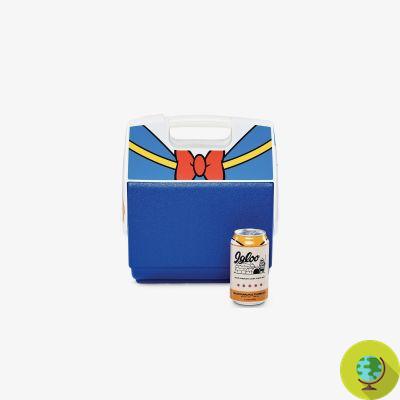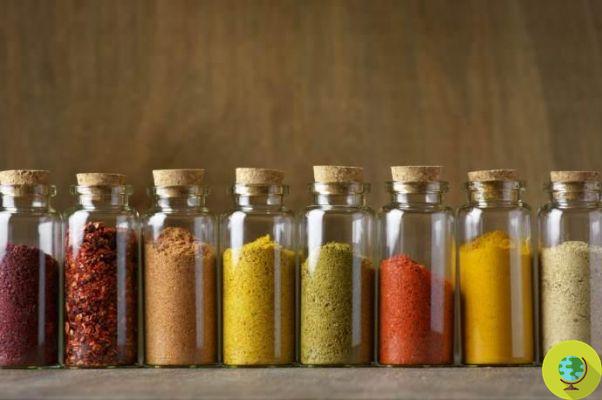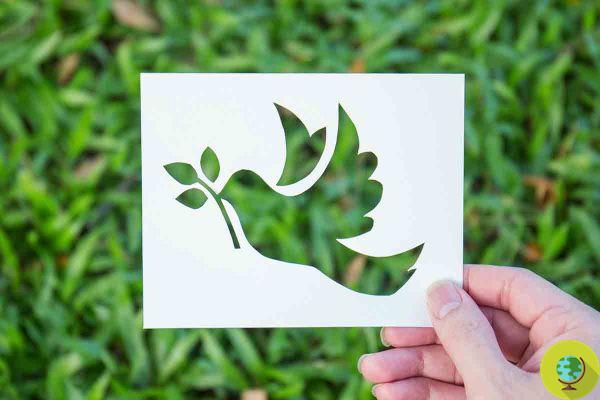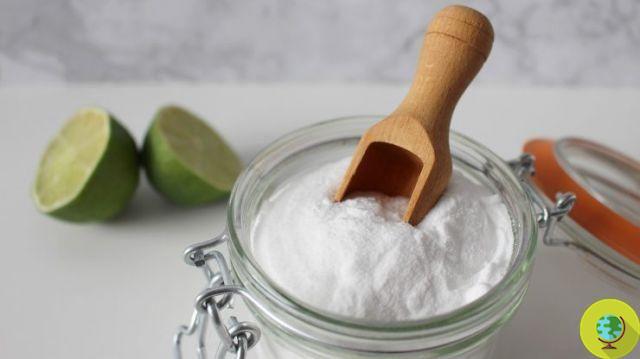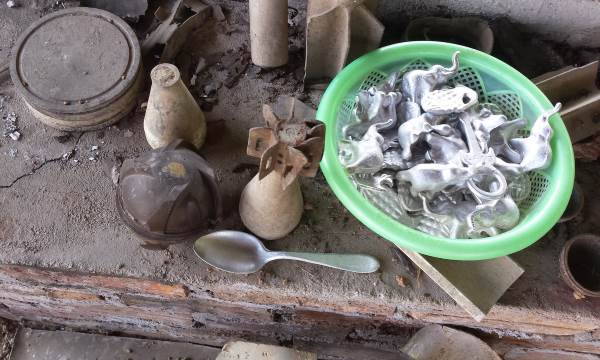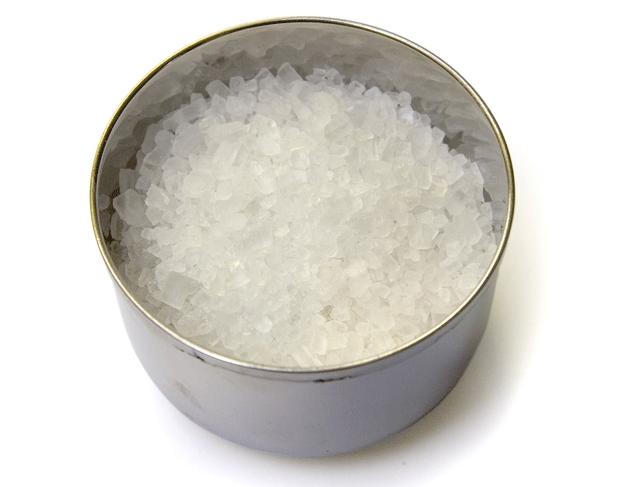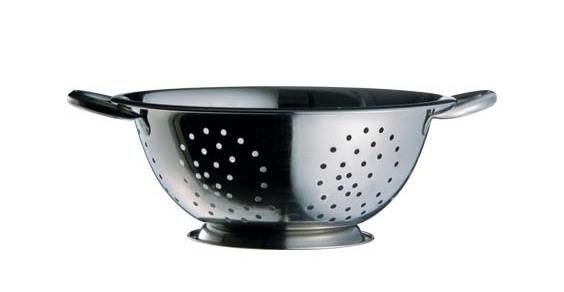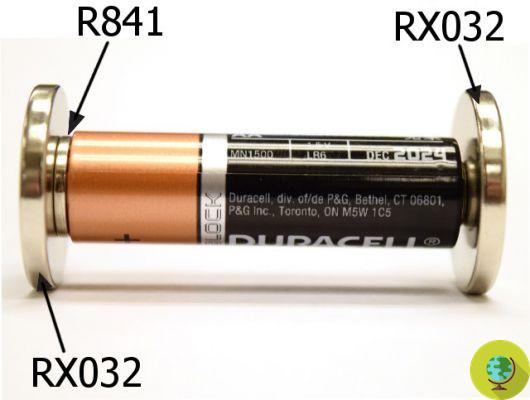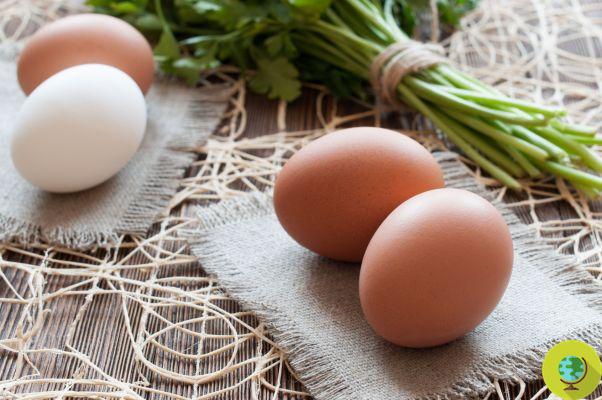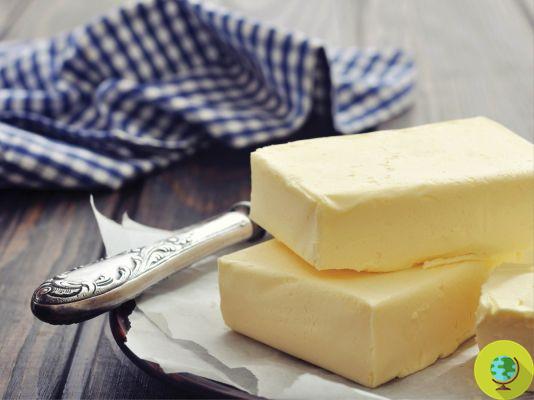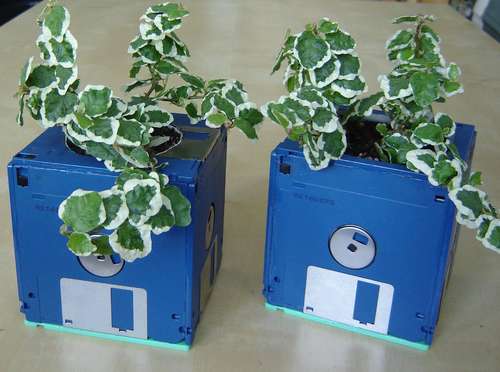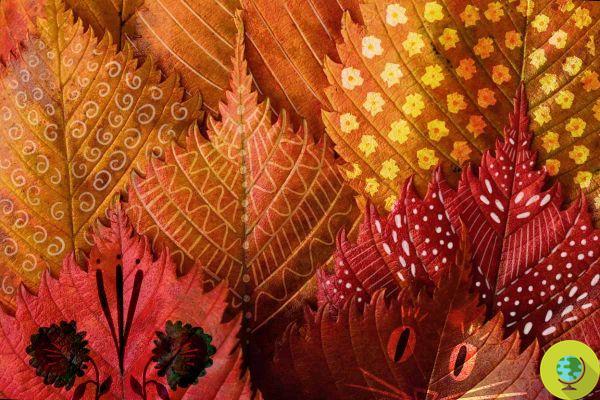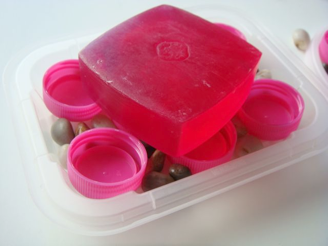Let's find out how to make vegetable dyes at home starting from simple ingredients such as fruit and vegetables
He is about to end up run over, his mother saves himI natural dyes they are substances that are extracted from fruit, vegetables, spices, herbs and other natural substances and can then be exploited in many ways. So let's find out how to make vegetable dyes at home starting from simple ingredients.
If we need vegetable dyes to make crafts with children, prepare original food, dye clothes, give a beautiful color to our soaps or DIY cosmetics, etc. we can easily make them at home. In this way we will not only save but also avoid buying ready-made dyes that often contain chemical additives or ingredients of animal origin.
Index
Colors
Depending on the color we need we should use different basic ingredients and the most suitable extraction method. Let's see them one by one:
GREEN
To create the green we can use:
- Spinach: they can be boiled first and then blended or the color can be extracted by first crushing them in a mortar and then macerating them in alcohol (to evaporate everything at the end by putting them on the fire).
- Parsley: must be pounded in a mortar until it becomes a smooth mixture, alternatively blend it with a drop of water.
- Mint: it can be crushed or blended until it becomes a homogeneous consistency
- Matcha tea: this is a very convenient and ready-made dye, just buy the Japanese green tea powder variant.
- Algae: some algae are particularly suitable for becoming dyes, just wet and then crush the nori algae or use spirulina powder directly (keep in mind, however, that this green will have blue shades).
YELLOW
If we need a yellow dye we can use:
- Saffron: the powder lends itself well already as it is, if instead you have the pistils available they must first be put in water so that they release all the color.
- Pineapple: it can be crushed or blended making sure that there are no pieces of whole fiber left.
- Peppers: of course they should be chosen in the yellow variant. The pulp is blended, filtered and cooked to make it harden a little.
ORANGE
An orange dye can be created from:
- Turmeric: the powdered spice can be used easily to give a nice orange tone to what you want.
- Carrots: they should be lightly cooked in boiling water and then blended to use the pulpy juice.
- Oranges: of these citrus fruits you can use the finely grated rind or blend in a little water.
RED
If we want to get some red we will need:
- Strawberries: these fruits must first be cooked for a few minutes and then crushed and drained to obtain only the red liquid that has formed.
- Tomato: it is necessary to blend it, then paying attention to remove the seeds
- Cherries: remove the stone and blend them
- Red cabbage: crush it with a mortar or blend it to get the juice
PINK
It can be colored pink using a mix of:
- Red cabbage and lemon: the reaction between these two substances that can be pounded together in a mortar or blended will give life to a pink that tends to fuchsia.
VIOLA
To get purple we can use:
- Beetroot: this boiled vegetable then mashed or blended is an excellent dye that tends to purple or burgundy red.
- Blackberries or mixed berries: blend the blackberries or the mixed berries to be calibrated according to the color you want to get by adding more raspberries, blueberries, strawberries or blackberries. Then filter everything and cook for a few minutes over low heat.
BLUE
If you need blue we have two possibilities:
- Blueberries: must be blended, filtered and then put on the heat (low) so that the juice congeals a little.
- Red cabbage and baking soda: blend the cabbage, take only the liquid part and add a little baking soda until the color turns blue.
BROWN
Perfect ingredients for making brown dye are:
- Coffee : you can use the finely ground powder where you need it most.
- Cocoa: the bitter powder variant lends itself well to use as a food coloring.
BLACK
If you need a black dye choose between:
- Charcoal: the powder of this natural supplement is dark in color and is also used to make charcoal bread and pizza with a classic gray / black color.
- Black sesame seeds: get these small dark seeds, then grind them and reduce them to powder.
WHITE
White is probably the hardest color to achieve. You can still try using:
- Coconut: you need finely grated coconut flour
- Zucchero: the refined one can be added in spoons until the desired white effect is obtained.
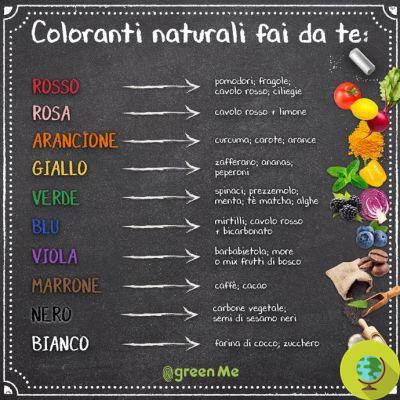
How to use vegetable dyes
The vegetable dyes that we have prepared at home can be used in many ways:
- Paint on sheets and canvases
- Dye the fabrics
- Give color to soaps and other homemade cosmetics
- Coloring dishes and dishes (for example making gnocchi or pasta red, green, etc.)
- Prepare macarons
- Decorate the hard-boiled eggs
- Making colored salt dough or homemade didò
Of course, if you intend to use them in the kitchen, you have to pay attention to the dosage and which dye you choose in the different recipes to avoid that the flavor of what you are preparing is not negatively affected.
On natural dyes and their uses, you may also be interested in:
- How to dye fabrics at home in a natural way in 3 steps
- Painting with your hands: homemade natural colors for our little artists
- From black carrots to purple potatoes… here are the new natural and vegan dyes for the food industry!






